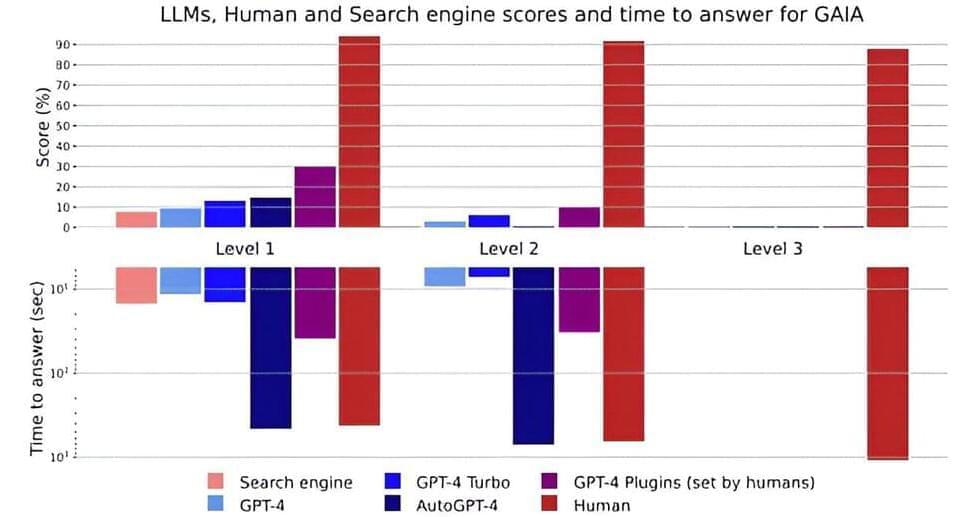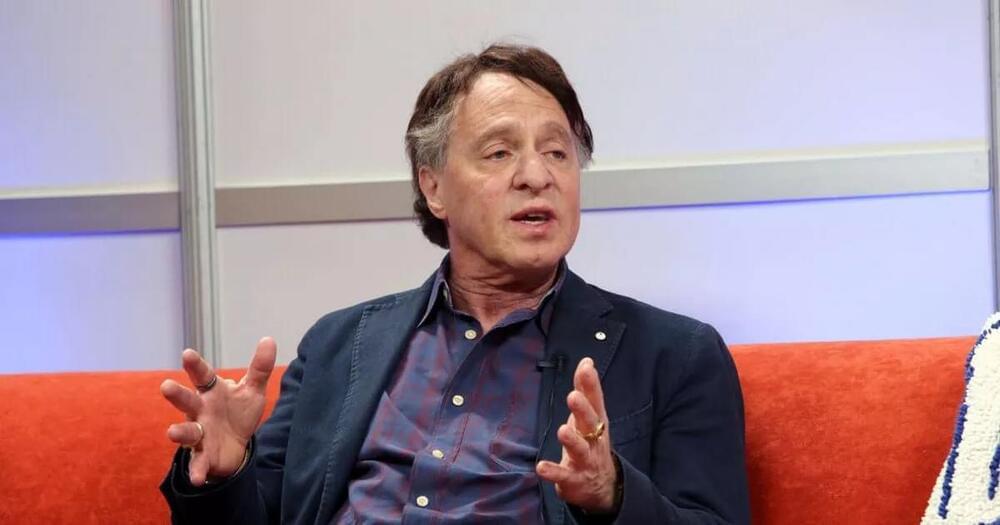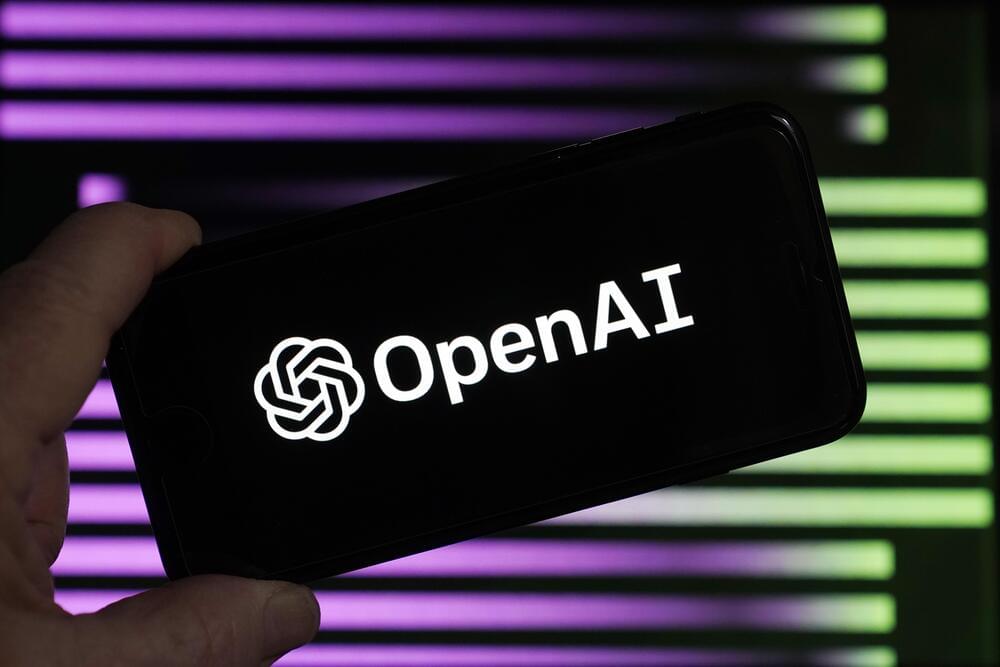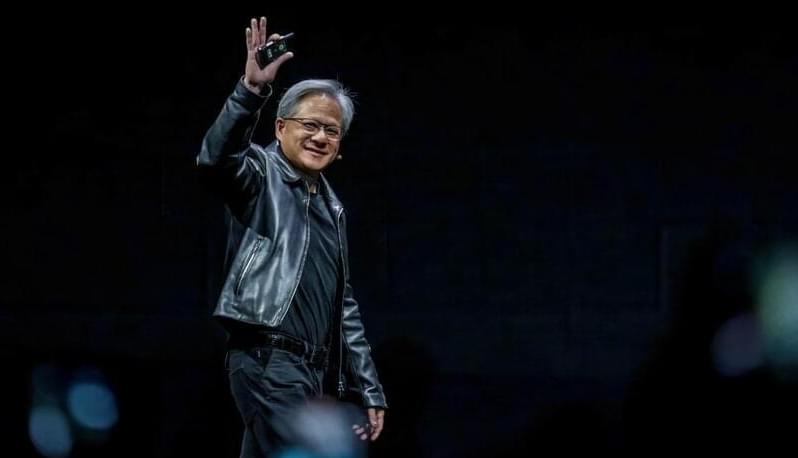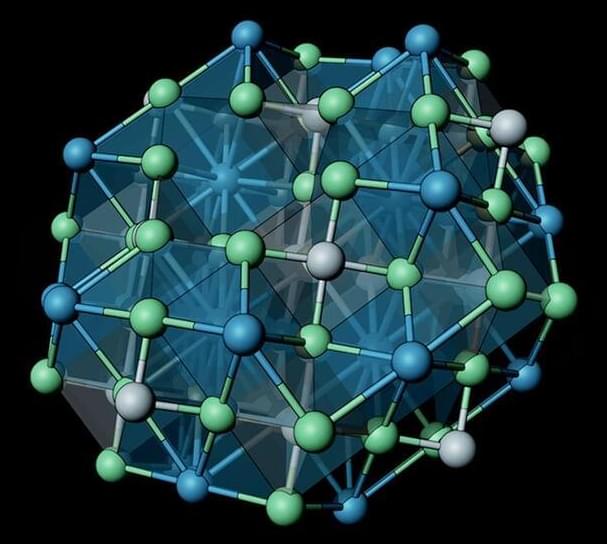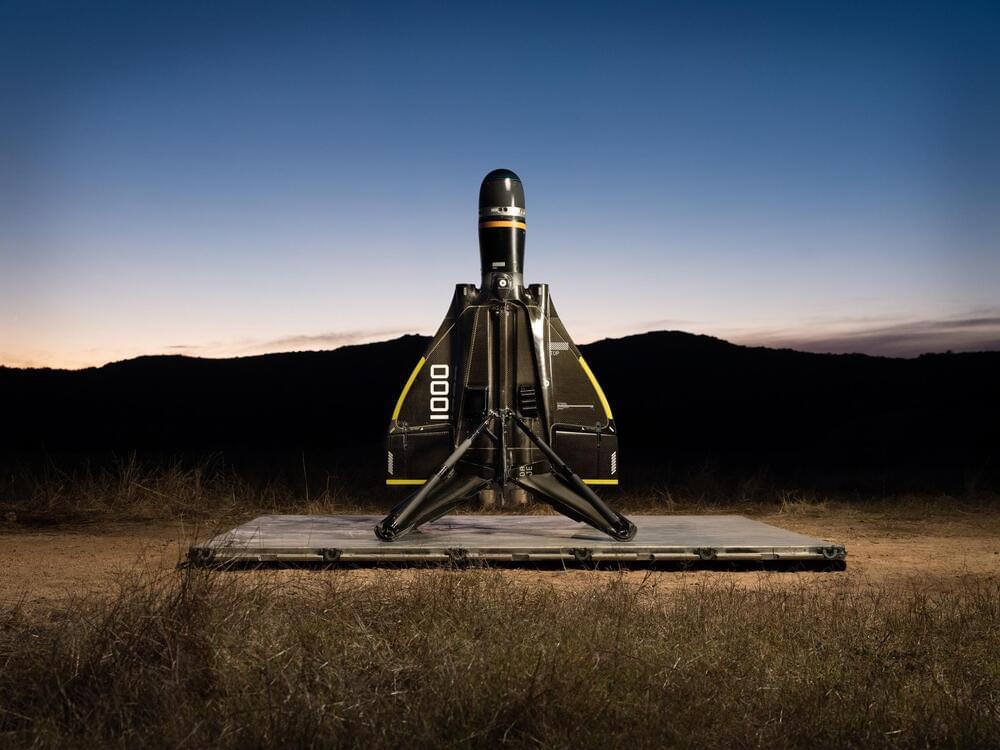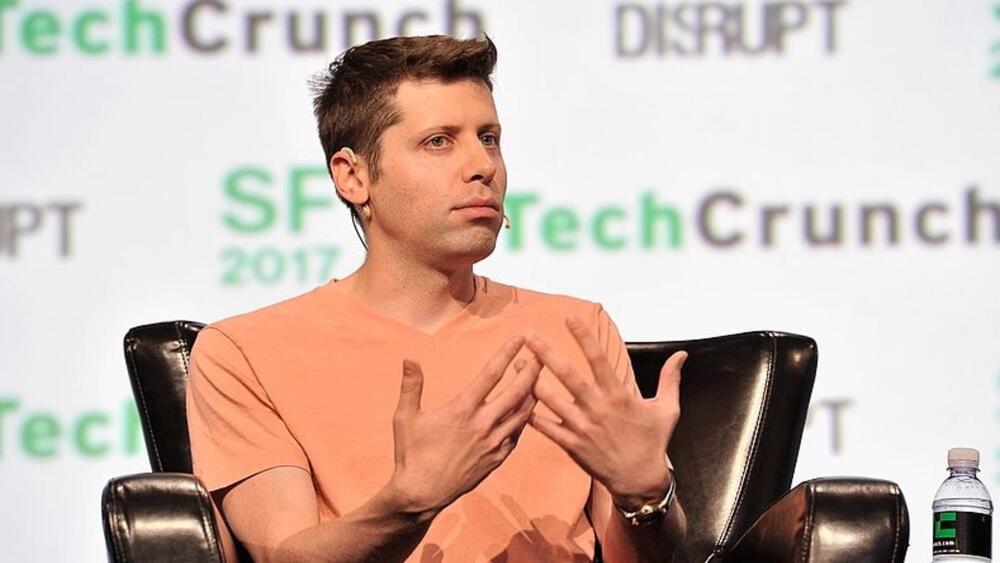A team of researchers affiliated with AI startups Gen AI, Meta, AutoGPT, HuggingFace and Fair Meta, has developed a benchmark tool for use by makers of AI assistants, particularly those that make Large Language Model based products, to test their applications as potential Artificial General Intelligence (AGI) applications. They have written a paper describing their tool, which they have named GAIA, and how it can be used. The article is posted on the arXiv preprint server.
Over the past year, researchers in the AI field have been debating the ability of AI systems, both in private and on social media. Some have suggested that AI systems are coming very close to having AGI while others have suggested the opposite is much closer to the truth. Such systems, all agree, will match and even surpass human intelligence at some point. The only question is when.
In this new effort, the research team notes that in order for a consensus to be reached, if true AGI systems emerge, a ratings system must be in place to measure their intelligence level both against each other and against humans. Such a system, they further note, would have to begin with a benchmark, and that is what they are proposing in their paper.
